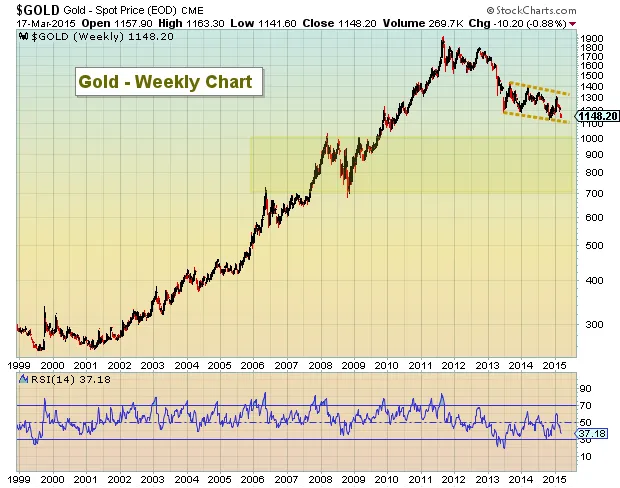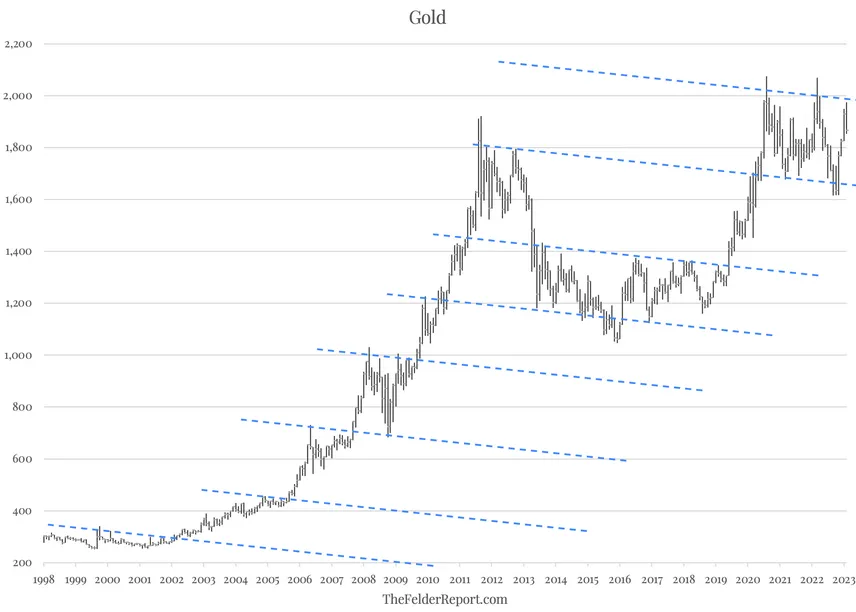Your cart is empty
OSRS Gold Price Chart: A Comprehensive Guide to Trends and Insights

Warning: Undefined variable $post in /home/osrsmoneymaking.guide/public_html/wp-content/themes/kadence/functions.php on line 391
Warning: Attempt to read property "ID" on null in /home/osrsmoneymaking.guide/public_html/wp-content/themes/kadence/functions.php on line 391
Old School RuneScape (OSRS) gold is the lifeblood of the game’s economy, driving trades, purchases, and player progression. For players and traders alike, understanding the OSRS gold price chart is key to making informed decisions—whether you’re buying, selling, or simply keeping an eye on market trends. In this blog post, we’ll dive deep into the history, factors, and tools behind OSRS gold prices, offering a detailed look at how they fluctuate and what it means for you. Let’s explore the world of OSRS gold pricing and uncover the insights hidden in the charts.
The OSRS gold price chart tracks the real-world value of in-game gold, typically measured in USD per million (M) gold pieces (GP). These charts provide a visual representation of how prices evolve over time, reflecting supply, demand, and external influences. Whether you’re a casual player looking to buy gold or a seasoned trader analyzing market shifts, these charts are an invaluable resource.
What Is an OSRS Gold Price Chart?
An OSRS gold price chart is a graphical tool that displays the historical and current value of OSRS gold in real-world currency. Prices are often quoted per million GP, with data sourced from trading platforms, gold-selling websites, and player marketplaces. For example, a chart might show that 1M OSRS gold was worth $0.60 in January 2024 and dropped to $0.40 by April 2025.
Why Track OSRS Gold Prices?
Tracking OSRS gold prices helps players and investors:
- Make Smart Purchases: Buy gold when prices dip for maximum value.
- Sell Strategically: Cash out when prices peak.
- Understand Trends: Spot patterns tied to game updates or player activity.
- Avoid Scams: Compare market rates to avoid overpaying.
Factors Influencing OSRS Gold Prices

The price of OSRS gold doesn’t exist in a vacuum—it’s shaped by a variety of in-game and real-world factors. Understanding these drivers can help you predict when prices might rise or fall, giving you an edge in the market.
In-Game Updates and Events
Major game updates, new content releases, or seasonal events can drastically affect gold prices. For instance, when a new boss like the Nightmare of Ashihama is introduced, demand for gold spikes as players rush to buy gear, pushing prices up. Conversely, if an update nerfs a popular gold-farming method, supply drops, and prices may climb.
Supply and Demand Dynamics
The basic economic principle of supply and demand reigns supreme in OSRS. When bot farms flood the market with cheap gold, prices drop. On the flip side, if Jagex cracks down on bots or gold farming becomes harder, supply shrinks, and prices rise. Player demand also fluctuates—holidays or summer breaks often see more active players, increasing gold purchases.
Real-World Economic Factors
External factors like inflation, currency exchange rates, or even the health of the global economy can influence OSRS gold prices. For example, if the USD weakens, gold might become cheaper for international buyers, boosting demand and potentially stabilizing or raising prices.
Historical Trends in OSRS Gold Prices
Looking back at historical data reveals fascinating trends in OSRS gold pricing. Let’s break down how prices have evolved over the years and what we can learn from the past.
Early Years: 2013–2018
When OSRS launched in 2013, gold prices were relatively high due to limited supply and a nostalgic player base. Prices hovered around $1–$2 per million GP. As the game grew and gold farming became more common, prices began to decline, stabilizing around $0.80–$1.00 by 2018.
The Bot Boom: 2019–2022
The rise of bot farms in the late 2010s flooded the market with gold, driving prices down to $0.50–$0.70 per million. Despite Jagex’s efforts to ban bots, the sheer volume of automated farming kept prices low, frustrating legitimate gold sellers but benefiting buyers.
Recent Shifts: 2023–2025
By April 2025, OSRS gold prices have settled around $0.40–$0.45 per million, reflecting a balance between improved anti-bot measures and steady player demand. However, spikes still occur—like the $0.60 peak in late 2024 after the release of a major update—showing the market’s volatility.
| Year | Average Price (USD/M) | Key Event |
|---|---|---|
| 2013 | $1.50 | OSRS Launch |
| 2018 | $0.90 | Stabilized Growth |
| 2022 | $0.55 | Bot Farm Surge |
| 2025 | $0.42 | Anti-Bot Measures |
Top Tools for Tracking OSRS Gold Price Charts
To stay ahead of the game, you’ll need reliable tools to monitor OSRS gold prices. Here are some of the best platforms and resources available in 2025.
OSRSGoldPrices.com
This site offers interactive charts showing price fluctuations over days, weeks, or months. It’s perfect for spotting short-term dips or long-term trends, with data updated regularly from multiple gold-selling sources.
PlayerAuctions Price Tracker
PlayerAuctions provides a marketplace-driven price tracker, showing real-time averages based on player-to-player trades. It’s a great way to see what buyers and sellers are actually paying, often ranging from $0.40–$0.50 per million in 2025.
GE Tracker (In-Game Context)
While primarily for in-game item prices, GE Tracker’s data can indirectly inform gold price trends. If high-value items like the Twisted Bow spike in GP cost, it often signals increased gold demand, pushing real-world prices up.
Custom Spreadsheets
For the data-savvy, creating your own spreadsheet using API feeds from gold-selling sites (like Ezrsgold or RPGStash) lets you track prices tailored to your needs. Add historical data and predictive formulas for a personalized edge.
How to Use OSRS Gold Price Charts Effectively
Having access to a chart is one thing—knowing how to use it is another. Here’s how to leverage OSRS gold price charts to maximize your in-game and real-world gains.
Timing Your Purchases
Study short-term charts (1-day or 1-week) to catch price drops. For example, if a chart shows a dip to $0.38/M after a bot ban wave, that’s your cue to buy before prices rebound. Historical lows, like $0.38 in 2023, often signal a buying opportunity.
Selling at the Right Moment
Long-term charts (1-month or 1-year) reveal peak periods. If prices hit $0.60/M after a hyped update, it might be time to sell your stockpiled gold. Watch for seasonal trends—summer and holiday spikes are common due to higher player activity.
Predicting Future Trends
Combine chart data with game news. An upcoming update nerfing gold farming (e.g., Zulrah drop tables) could reduce supply and boost prices. Conversely, a bot-friendly patch might crash the market. Stay informed to anticipate shifts.
- Pro Tip: Cross-reference multiple charts for accuracy—marketplace data can vary slightly.
- Caution: Avoid buying during hype-driven spikes unless you’re confident prices will climb further.
Avoiding Scams with Chart Knowledge
Armed with chart data, you can spot shady deals. If a seller offers 1M gold for $0.80 when the market average is $0.42, it’s a red flag. Stick to reputable sites and use charts to verify fair pricing.
In conclusion, the OSRS gold price chart is more than just a graph—it’s a window into the game’s economy and a tool for strategic decision-making. By understanding its trends, influences, and applications, you can navigate the gold market like a pro. Whether you’re buying for that dream gear or selling for profit, keep an eye on the charts and play smart. What’s your next move in the world of OSRS gold?
Warning: Undefined variable $post in /home/osrsmoneymaking.guide/public_html/wp-content/themes/kadence/functions.php on line 391
Warning: Attempt to read property "ID" on null in /home/osrsmoneymaking.guide/public_html/wp-content/themes/kadence/functions.php on line 391

